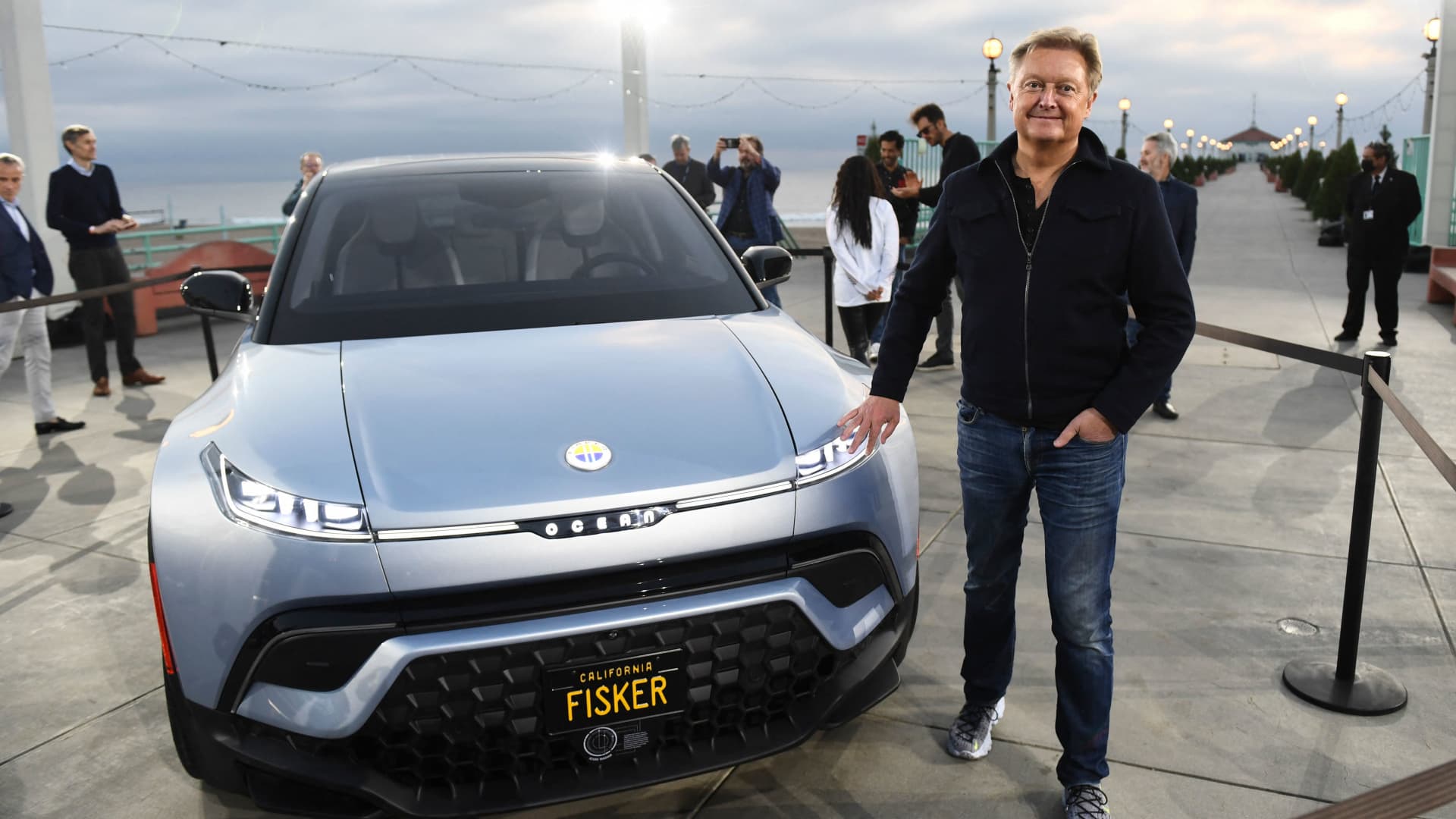Electric vehicle startup Fisker said Monday that it spent less money in 2022 than it had expected, and that it remains on track to begin deliveries of its Ocean SUV this spring and to build more than 40,000 vehicles in 2023.
Fisker’s shares closed up over 30% on Monday.
Fisker said that to date, 56 Oceans have been built at manufacturing partner Magna International’s contract-manufacturing facility in Austria. Fifteen of those were completed before year-end and are being used for testing by both Fisker and Magna, as the two companies refine the manufacturing process, test additional features, and work through regulatory approval processes in the U.S., Canada and Europe.
The report comes less than a week after EV startups Lucid and Nikola underwhelmed with their production and delivery results.
Fisker said previously that the Ocean would have about 350 miles of range in top trims, but CEO Henrik Fisker said Monday that early testing has shown the Ocean has more range than expected.
“These results reinforce our expectation that, at the time of launch, the Fisker Ocean will have the longest range of any SUV/Crossover priced below $70,000,” he said.
In base trim, the Ocean has about 250 miles of range and a starting price of $37,499; longer-range versions start at about $50,000.
Fisker expects to complete the testing needed for regulatory approval of the Ocean next month, and to ramp up production — and begin deliveries — in the second quarter. The company reiterated its previous production guidance — “up to” 42,400 vehicles in 2023 — “provided the supply chain delivers per our forecast and we receive [regulatory approval] in a timely manner.”
Fisker had “approximately 65,000” reservations for the Ocean as of Feb. 24, up slightly from “over 62,000” as of its third-quarter earnings report in early November. Because it will be built in Austria, the Ocean won’t qualify for the new U.S. government EV incentives.
Fisker spent a total of $702 million in 2022, a bit below its guidance range of $715 million to $790 million. The company had $736.5 million in cash remaining at year-end, including $57 million raised from its ongoing at-the-market share offering in the fourth quarter of 2022. It currently expects to spend between $535 million and $610 million in 2023.
Fisker is targeting a positive gross profit margin of between 8% and 12% for the year and said that it may have positive earnings before interest, tax, depreciation, and amortization, or EBITDA, for the full year as well.
Fisker’s fourth-quarter net loss was $170.1 million, or 54 cents per share, on revenue of about $306,000. Both were short of estimates: Wall Street analysts polled by Refinitiv had expected a loss of 42 cents per share on revenue of $2.5 million.
Fisker also said it has made progress on its upcoming second model, a lower-cost small EV called the Pear, and it remains on track to go into production next year.
The company said it now has “over 5,600” reservations for the Pear, up from “over 5,000” reservations in early November. The Pear, which is expected to start at $29,900, will be built by Foxconn Technology Group in the former Lordstown Motors factory in Ohio starting in 2024.
